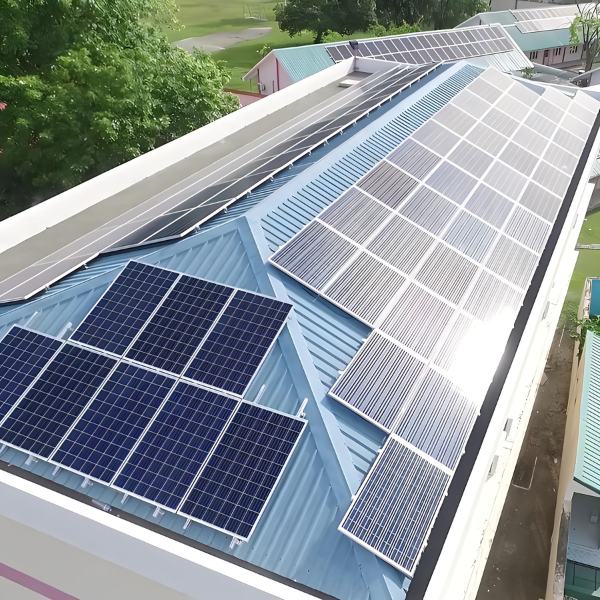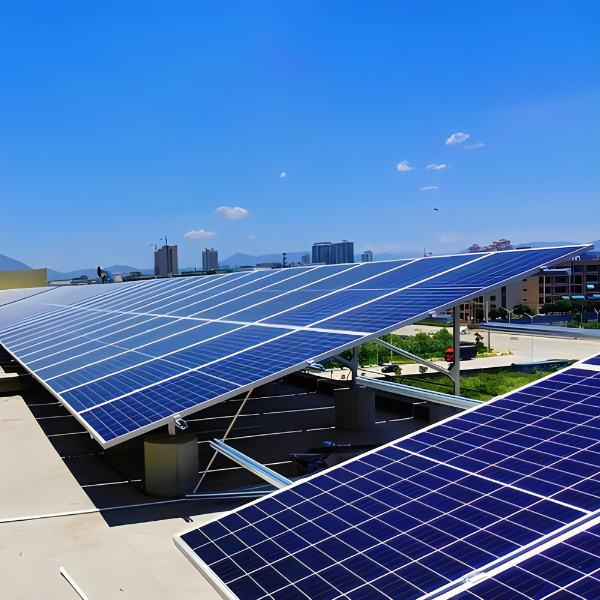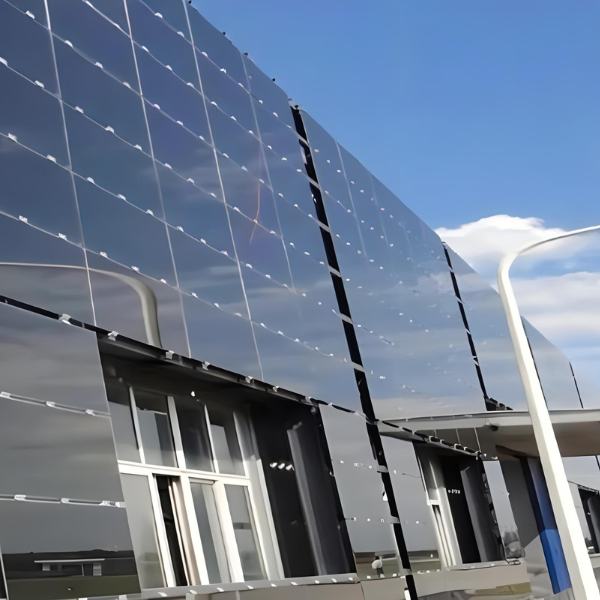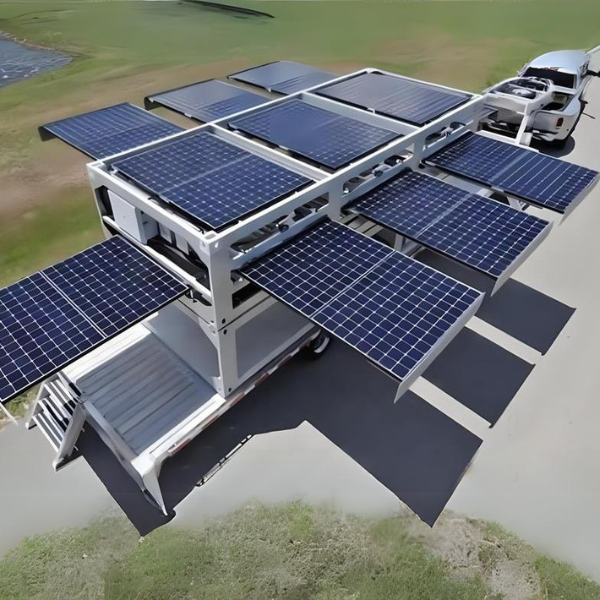Leading the Charge with PET Photovoltaic Backsheet Film
Elevate Your Solar Solutions with Superior PET Film Technology
The demand for reliable and efficient photovoltaic components is paramount in the ever-evolving solar energy sector. As a distinguished BOPET film supplier, we introduce our cutting-edge PET photovoltaic backsheet film, engineered to meet the rigorous standards of the renewable energy industry.
Our PET film is at the forefront of solar technology, offering unmatched durability, electrical insulation, and environmental resistance, ensuring your solar panels operate at peak efficiency for years to come.
Partner with a Trusted BOPET Film Supplier for Unrivaled Quality
Our commitment to innovation and quality sets us apart as a leading supplier in the photovoltaic industry. The PET photovoltaic backsheet film is a testament to our dedication, featuring exceptional mechanical strength and chemical resistance that significantly enhances the lifespan and performance of solar panels.
Tailored to the needs of modern photovoltaic systems, our BOPET film solutions offer superior protection against UV radiation, moisture, and temperature variations, ensuring your solar investments are safeguarded under all conditions.
Why Our PET Photovoltaic Backsheet Film Stands Above the Rest
Leveraging the latest BOPET technology, our PET film is designed for those who demand the best solar backsheet materials. Its high dielectric strength and excellent adhesion properties ensure consistent energy output and efficiency.
Our products are not just about performance; they embody our commitment to sustainability, offering recyclable materials that support a greener future. Choose us as your BOPET film supplier to power your next solar project with the best-in-class PET photovoltaic backsheet film.
















